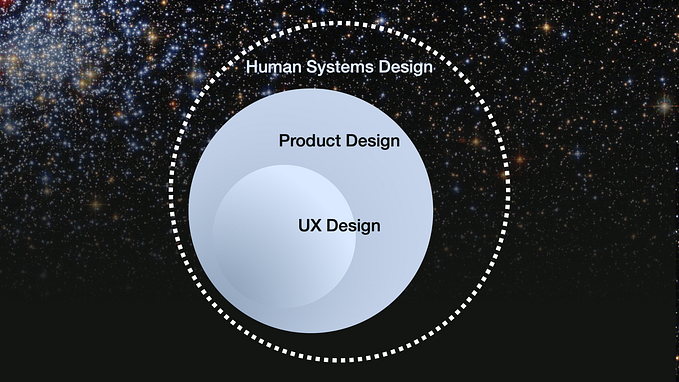Member-only story
How (and should?) we stop the infinite scroll
Is endless scrolling evil? How can we balance ease-of-use with what’s best for humanity?

Scrolling without end has become standard in most social media feeds. On TikTok, there is no natural stopping point to a morning scroll other than the oft-ignored and strangely annoying “Tired Thumbs” promoted content encouraging users to take a break. But does TikTok really want you to put down your phone? If the app truly wanted users to limit their time, why would they provide a continuous, never-ending feed of content catered to users’ exact tastes?
Not too long ago, social media feeds had an ending. You scrolled down to the bottom of the page, or else ran into content you had already viewed. Facebook and Instagram feeds were populated chronologically, so you would view your friend’s latest updates and then move on to other apps or activities. Now, thanks to infinite scroll the content is unending–you have your friends updates, content the algorithm has decided is relevant to your interests, and older posts sprinkled in to keep the page going and going and going.
We–both users and user experience professionals–largely accept this as a normal practice, perhaps even a good one. We live in the attention economy, and the longer we can hold onto users’ attention, the better–right?
Maybe not. Maybe the infinite scroll creates more problems, technical and social, than it fixes.
All about infinite scroll
Pagination vs perpetual

Infinite scroll as we know it was invented by Aza Raskin, co-host of the aptly named podcast “Your Undivided Attention,” in 2006 while he worked at a user interface company called Humanized. His idea was to create an alternative to pagination, which was the familiar experience at the time: content was divided into pages and accessible by selecting certain pages via navigation at the bottom. We still see this in retail sites, as in the example below.







